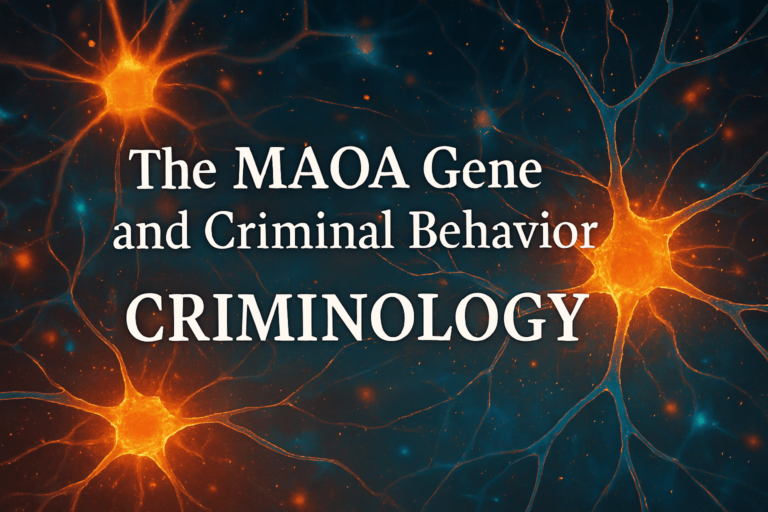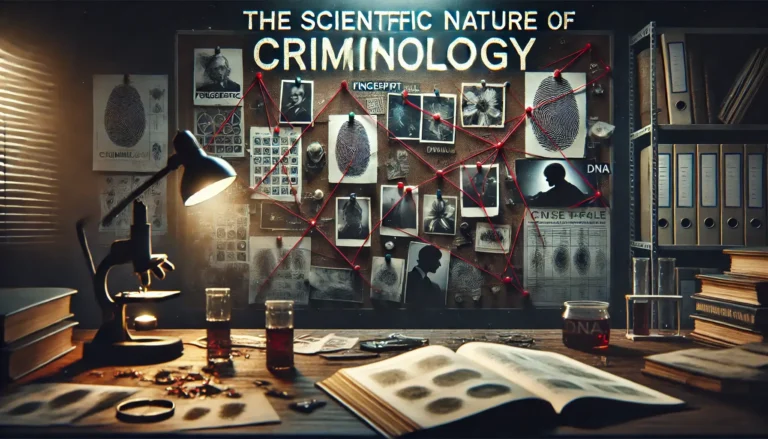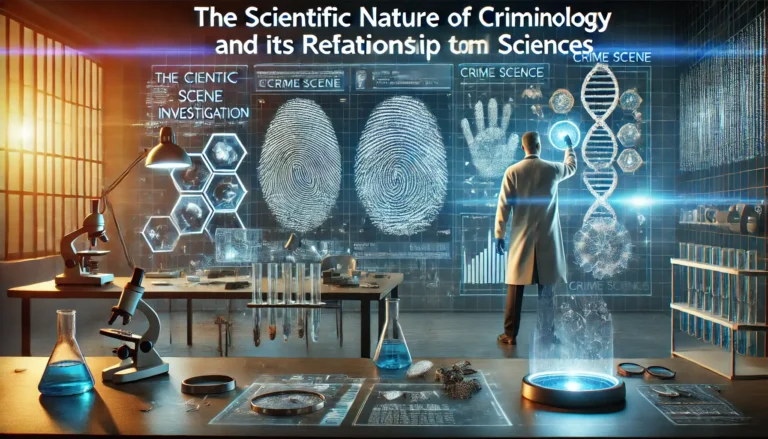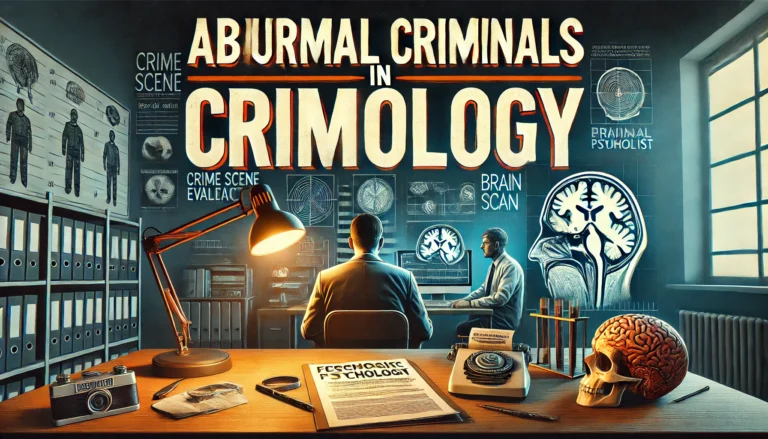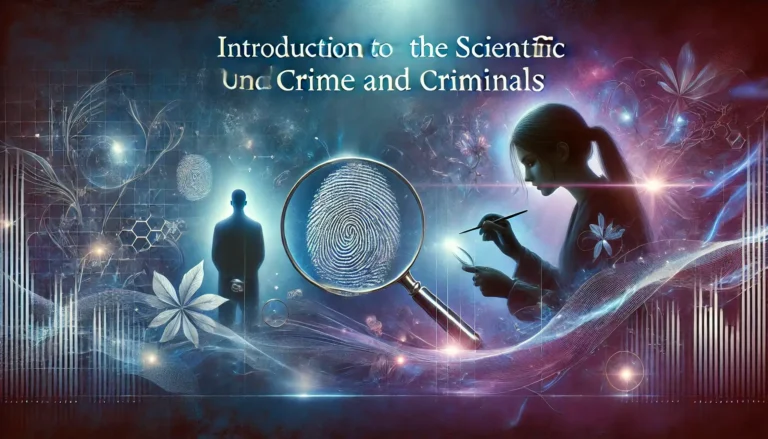Potential Criminals in Criminology: Understanding Risk Factors and Prevention
Introduction Criminology is a field dedicated to understanding the causes and consequences of criminal behavior. A critical aspect of this study is identifying potential criminals—individuals who may be at higher risk of engaging in criminal activities due to various biological, psychological, and social factors. The concept of potential criminals is highly debated, raising ethical concerns…


